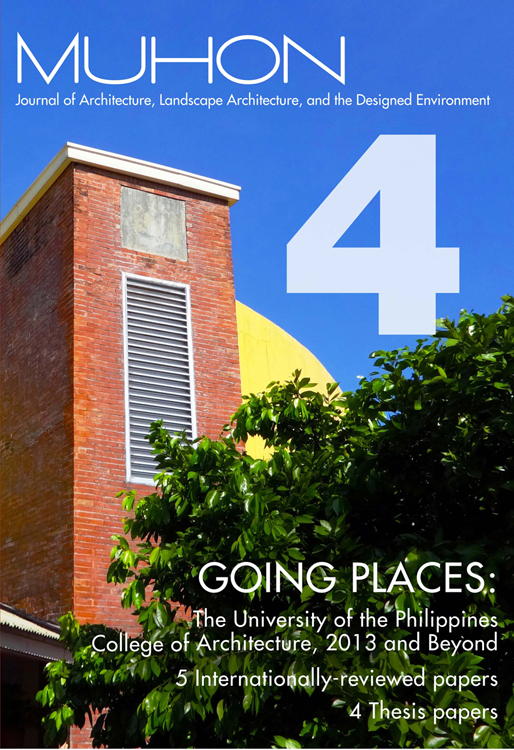Tracing the Urban Cultural Landscape Structure of Manila Sacred Space: A Case Study of Malate Church Grounds
Abstract
Church grounds are essential urban components of Manila. They contain heritage values shaped by various changes in the socio-cultural strata and spatial structure. The paper focuses on Malate Church Grounds with the objective of identifying its urban cultural landscape thru its existing physical and tangible constructs. It utilizes the urban cultural landscape framework to show the relationship of people to the urban spaces that forms the identity of Manila.
From the urban cultural framework, the stratum of structure is identified thru the patterns seen in user movement, physical dimensions, landscape components and features, as well as urban linkages. These patterns are analyzed based on cartographic data, systematic observation, respondent interviews and statistical and literature content analysis. This study illustrates how the urban cultural landscape structure of Malate Church Grounds serves as a useful tool in evaluating the adaptation of Manila urban spaces to the changing demographics, land use, and urban spatial functions.
The copyright for the published work belongs to UPCA and its selected publisher. The contributor is free to publish a modified version of the same article in other publications.
The contributor guarantees that :
- the article does not infringe on the copyright or any proprietary right of any other person
- the article contains no libelous or other unlawful matter
- the article makes no improper invasion of the privacy of any other person.





